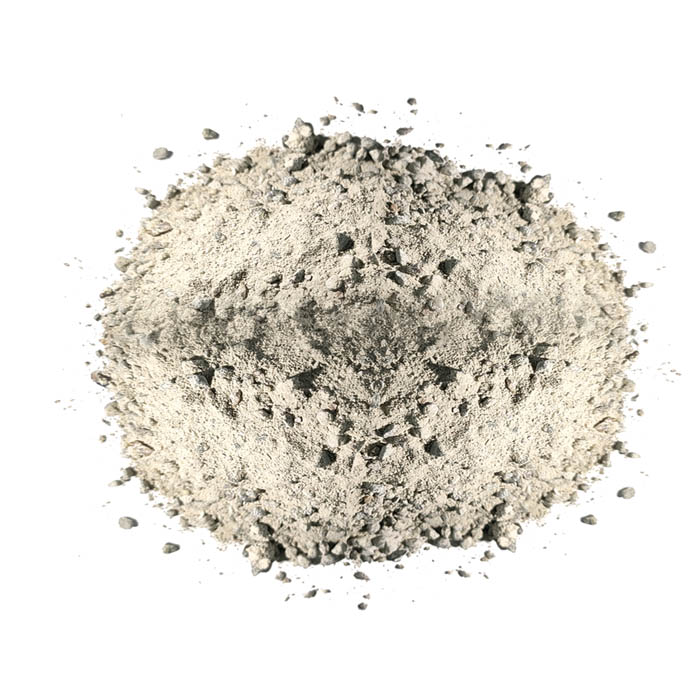Sep . 28, 2024 17:29 Back to list
Top Manufacturers of Lightweight Refractory Materials for Industrial Applications
Lightweight Refractory Materials A Key Component in Modern Manufacturing
In the realm of industrial applications, lightweight refractory materials have emerged as a critical category, particularly for industries where high heat resistance is essential. These materials, designed to withstand extreme temperatures while minimizing weight, offer several advantages over traditional refractories. This article explores the significance of lightweight refractory materials, their manufacturing processes, and the key manufacturers leading the charge in this innovative field.
Understanding Lightweight Refractory Materials
Refractory materials are substances that retain strength and stability at high temperatures. Traditionally, these materials have been heavy and dense, often leading to increased energy costs and structural challenges in various applications. Lightweight refractories, however, are engineered to reduce density while maintaining high thermal stability and insulation properties. This makes them particularly suitable for industries such as steel, glass, ceramics, and power generation, where temperature control is paramount.
The lightweight nature of these materials can lead to significant advantages such as reduced energy consumption, lower transportation costs, and easier handling during installation. Furthermore, their insulating properties can prevent heat loss, ultimately contributing to greater energy efficiency in industrial processes.
Manufacturing Processes
The manufacturing of lightweight refractory materials involves several techniques aimed at altering the density and structural properties of the final product. Common methods include the incorporation of lightweight aggregates, such as pumice, expanded clay, or perlite, which create a porous structure. Additionally, advanced methods such as sol-gel processes, foam casting, and the use of polymer-based substances are utilized to enhance thermal insulation and decrease weight.
Quality control is paramount during the manufacturing process. Manufacturers often conduct rigorous testing of the chemical composition, thermal conductivity, and mechanical strength to ensure that the lightweight refractories meet industry standards and specifications. As a result, the production of lightweight refractories has evolved to include innovations like nanotechnology and advanced ceramics, further improving their performance characteristics.
Key Manufacturers
refractory material lightweight manufacturers

The market for lightweight refractory materials is competitive, with several manufacturers standing out for their technological prowess and commitment to quality.
1. HarbisonWalker International A leader in the refractory industry, HarbisonWalker offers a wide range of lightweight refractories that have become staples in various sectors, including the steel and aluminum industries. Their commitment to research and development enables them to provide customized solutions tailored to specific client needs.
2. RHI Magnesita Renowned for its sustainable practices, RHI Magnesita produces lightweight refractory solutions that focus on energy efficiency and environmental friendliness. They have invested heavily in the development of innovative lightweight products that cater to the evolving demands of modern industry.
3. Shinagawa Refractories This company has made a name for itself by specializing in high-performance lightweight refractories. Their products are widely used in applications where durability and heat resistance are critical, making them a preferred choice for many manufacturers.
4. Kerui Refractory With a focus on developing new materials for high-temperature applications, Kerui Refractory is known for producing lightweight options that maintain strength and performance under extreme conditions. Their innovative approaches have made them a notable player in the global market.
5. Termo-Block Based in Europe, Termo-Block is recognized for its emphasis on lightweight insulation materials. Their product lines include a variety of refractories that effectively minimize heat loss and are ideal for industries with stringent energy efficiency goals.
Conclusion
Lightweight refractory materials are vital in a variety of high-temperature industrial applications. As the demand for energy efficiency and sustainability continues to grow, the importance of these materials will only increase. Leading manufacturers in the industry, through their commitment to innovation and quality, are paving the way for the future of lightweight refractories. With continued advancements in manufacturing techniques and material science, the role of lightweight refractories in modern manufacturing is poised for further expansion, ultimately transforming how industries approach high-temperature processes.
-
Fe-C Composite Pellets for BOF: Enhance Steelmaking Efficiency
NewsAug.07,2025
-
Eco-Friendly Granule Covering Agent | Dust & Caking Control
NewsAug.06,2025
-
Fe-C Composite Pellets for BOF: High-Efficiency & Cost-Saving
NewsAug.05,2025
-
Premium Tundish Covering Agents Exporters | High Purity
NewsAug.04,2025
-
Fe-C Composite Pellets for BOF | Efficient & Economical
NewsAug.03,2025
-
Top Tundish Covering Agent Exporters | Premium Quality Solutions
NewsAug.02,2025
